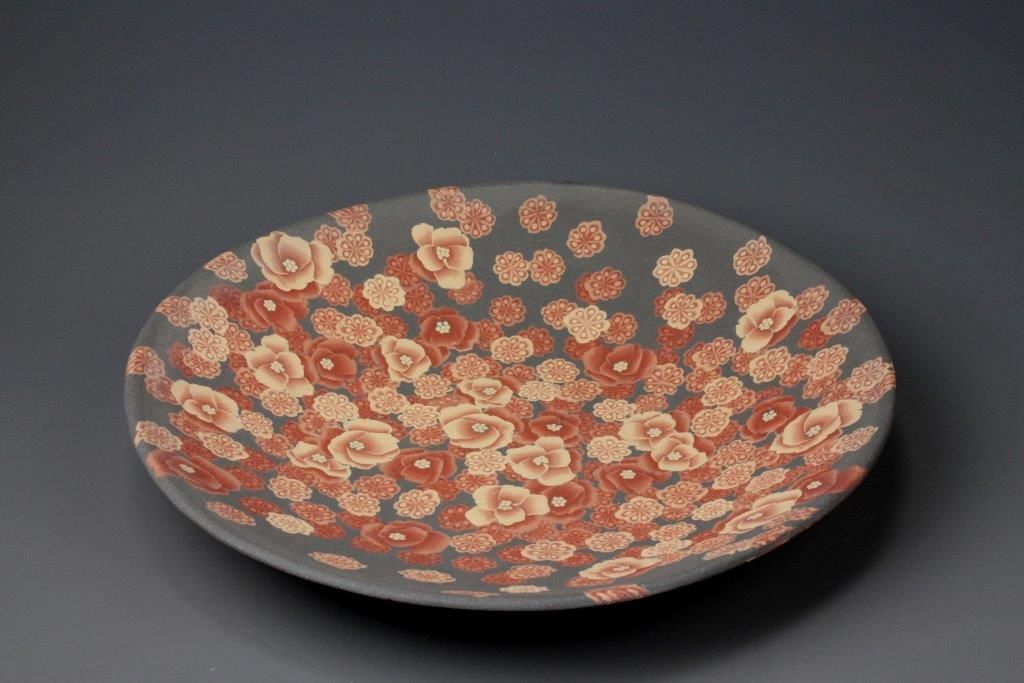Pottery and porcelain 陶磁器 tōjiki also 焼きもの yakimono or 陶芸 tōgei is one of the oldest japanese crafts and art forms dating back to the neolithic period.
Traditional japanese ceramics.
Another account claims that ri sampei yi sam p yong a korean potter who was brought to japan by hideyoshi discovered porcelain clay.
Thereafter he amassed displays at every exhibition and repeatedly amassed various awards such as the japan kogei association s presidential prize in 1971 the japan ceramic art exhibition s top prize in 1973 the 1974 japan ceramics society prize the 1975 japan traditional kogei exhibition nhk members prize the 1986 fujiwara kei memorial.
Raku ware 楽焼 raku yaki is a type of japanese pottery traditionally used in japanese tea ceremonies most often in the form of chawan tea bowls.
Kilns have produced earthenware pottery stoneware glazed pottery glazed stoneware porcelain and blue and white ware japan has an exceptionally long and successful history of ceramic production.
While the story of its origin is a shameful episode in japanese history excellent korean pottery techniques were handed down to japan.
Japan is a well wooded country and wood has always been used there for domestic utensils of all kinds either in a natural state or lacquered.
Japan s millennia old ceramics tradition is firmly rooted in functionality.
Japanese pottery japanese pottery edo period 1603 1867.
It is traditionally characterised by being hand shaped rather than thrown fairly porous vessels which result from low firing temperatures lead glazes and the removal of pieces from the kiln while still glowing hot.
According to tradition the first japanese porcelain was made in the early 16th century after shonzui goradoyu go brought back the secret of its manufacture from the chinese kilns at jingdezhen.
Japanese pottery objects made in japan from clay and hardened by fire.
Our online selections are updated several times each week.
The potters were brought from korea opened kilns and made korean style pottery after imjin war 1592 1597 japanese toyotomi hideyoshi troops invaded korea.
The classic iconic japanese pottery style known as wabi sabi.
For this reason japanese ceramics are named according to their places of origin.
Earthenware stoneware and porcelain.
While japanese ceramics now stand among the world s most famous and celebrated traditions they took a while to find their voice.
Each of the 47 prefectures in japan produces ceramics using locally available materials.
Our japanese pottery gallery offers a wide selection of ceramics from the potters of japan both antique pieces and those by contemporary artists.
Until recent times pottery and porcelain.
Please do visit often to view the new selections.
Thus all the millennia leading up to this.
More on that later wouldn t mature until the beginning of the shogunate period ca.
The origin of karatsu ware was korean pottery actually.




























